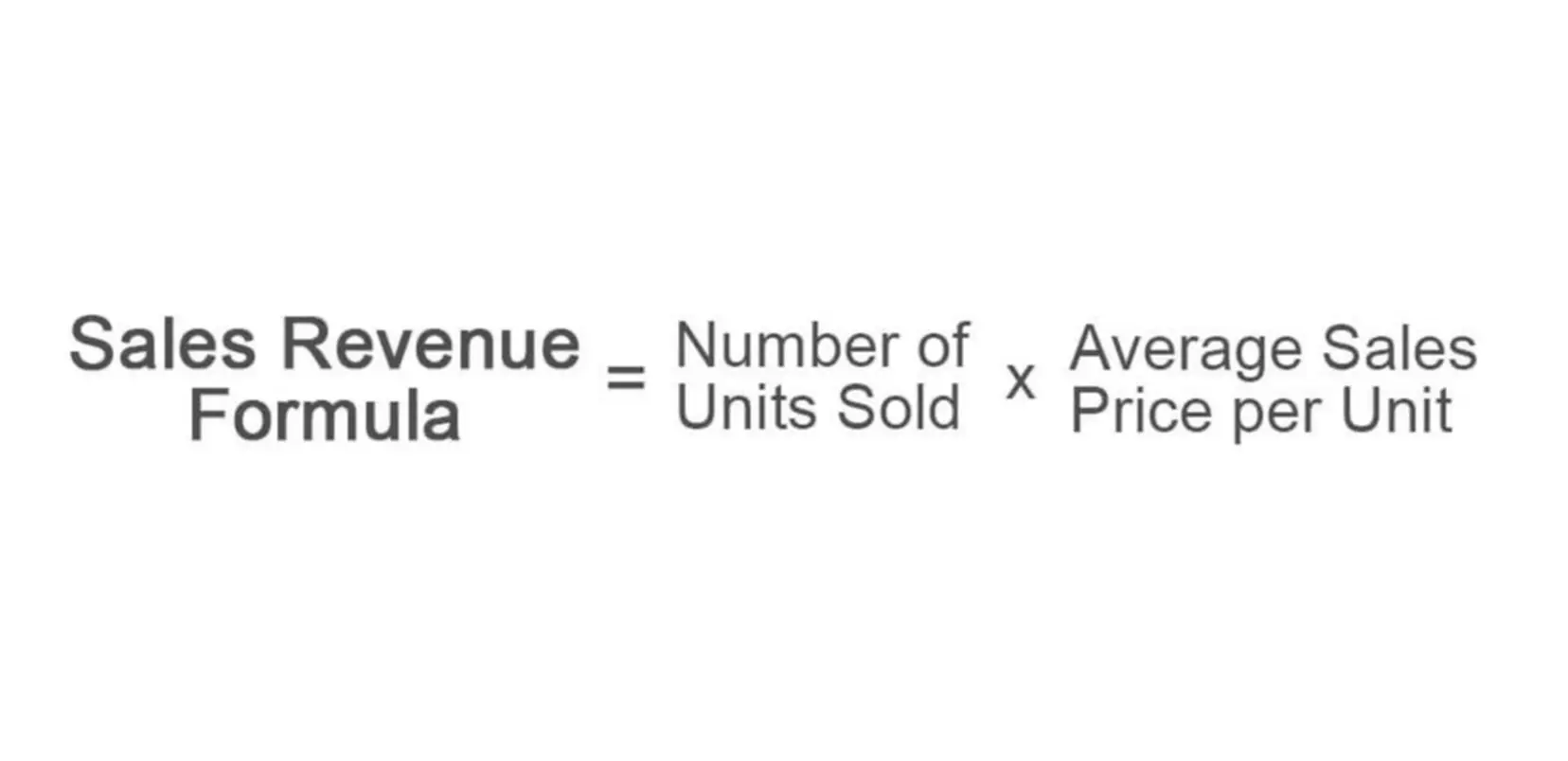Content

A ratio of one indicates a company has been financing with equal amounts of financial debt and common equity, while a ratio less than one means a company has financed itself with more common equity . However, once those investments started paying off, Verizon’s financial leverage ratio leveled out and returned to a lower, more reassuring figure. A lower financial leverage ratio is usually a mark of a financially responsible business with a steady revenue stream. Even if a company behind it is running significant debts, an exceptional financial leverage ratio tells potential shareholders and credit agencies that a business poses minimal risk and is likely worth an investment. Investors use leverage to significantly increase the returns that can be provided on an investment. They lever their investments by using various instruments, including options, futures, and margin accounts. In other words, instead of issuing stock to raise capital, companies can use debt financing to invest in business operations in an attempt to increase shareholder value.
Fitch Affirms Milwaukee, WI’s Water System Revs at ‘AA’; Outlook Stable – Fitch Ratings
Fitch Affirms Milwaukee, WI’s Water System Revs at ‘AA’; Outlook Stable.
Posted: Tue, 11 Oct 2022 14:41:00 GMT [source]
Matching the type of loan with the purpose of your financing, or to the life of your asset. Choosing this alternative allows you to go much further than would be possible without this financial practice. It helps in taxation by reducing the net cost of borrowing as interest expense is tax-deductible.
Why Is Financial Leverage Important?
For outsiders, it is hard to calculate operating leverage as fixed and variable costs are usually not disclosed. Brokers may demand additional funds when the value of securities held declines. Banks may decline to renew mortgages when the value of real estate declines below the debt’s principal. Even if cash flows and profits are sufficient to maintain the ongoing borrowing costs, loans may be called-in. High operating leverage is common in capital-intensive firms such as manufacturing firms since they require a huge number of machines to manufacture their products. Regardless of whether the company makes sales or not, the company needs to pay fixed costs such as depreciation on equipment, overhead on manufacturing plants, and maintenance costs. When lending out money to companies, financial providers assess the firm’s level of financial leverage.
An increase in revenue will result in a larger increase in operating profit. Companies in the manufacturing sector typically report a higher debt to equity ratio than companies in the service industry, reflecting the higher amount of the former’s investment in machinery and other assets. Usually, the ratio exceeds the US average debt to equity ratio of 54.62%. In most cases, financial leverage the provider of the debt will put a limit on how much risk it is ready to take and indicate a limit on the extent of the leverage it will allow. In the case of asset-backed lending, the financial provider uses the assets as collateral until the borrower repays the loan. In the case of a cash flow loan, the general creditworthiness of the company is used to back the loan.
AccountingTools
Baker is using financial leverage to generate a profit of $150,000 on a cash investment of $100,000, which is a 150% return on its investment. Able Company uses $1,000,000 of its own cash to buy a factory, which generates $150,000 of annual profits. The company is not using financial leverage at all, since it incurred no debt to buy the factory. While Basel I is generally credited with improving bank risk management it suffered from two main defects. While the Debt to Equity Ratio is the most commonly used leverage ratio, the above three ratios are also used frequently in corporate finance to measure a company’s leverage. Financial leverage is the use of borrowed money to finance the purchase ofassets with the expectation that the income or capital gain from the new asset will exceed the cost of borrowing. A debt-to-equity ratio greater than one means a company has more debt than equity.
Investors must be aware of their financial position and the risks they inherit when entering into a levered position. This may require additional attention to one’s portfolio and contribution of additional capital should their trading account not have a sufficient amount of equity per their broker’s requirement. Using leverage can result in much higher downside risk, sometimes resulting in losses greater than your initial capital investment.
Financial crisis of 2007–2008
If the debt-to-assets ratio is high, a company has relied on leverage to finance its assets. Though https://www.bookstime.com/ Apple’s current debt-to-equity ratio is above 1.0, by no means is it unmanageable or alarming.

Bankers could use their financial leverage to have their advice implemented. The risk may be magnified by high debt levels among households and businesses, as has incurred in recent years. Is a terms editor at The Balance, a role in which he focuses on providing clear answers to common questions about personal finance and small business. Has more than 10 years of experience reporting, writing, and editing.
